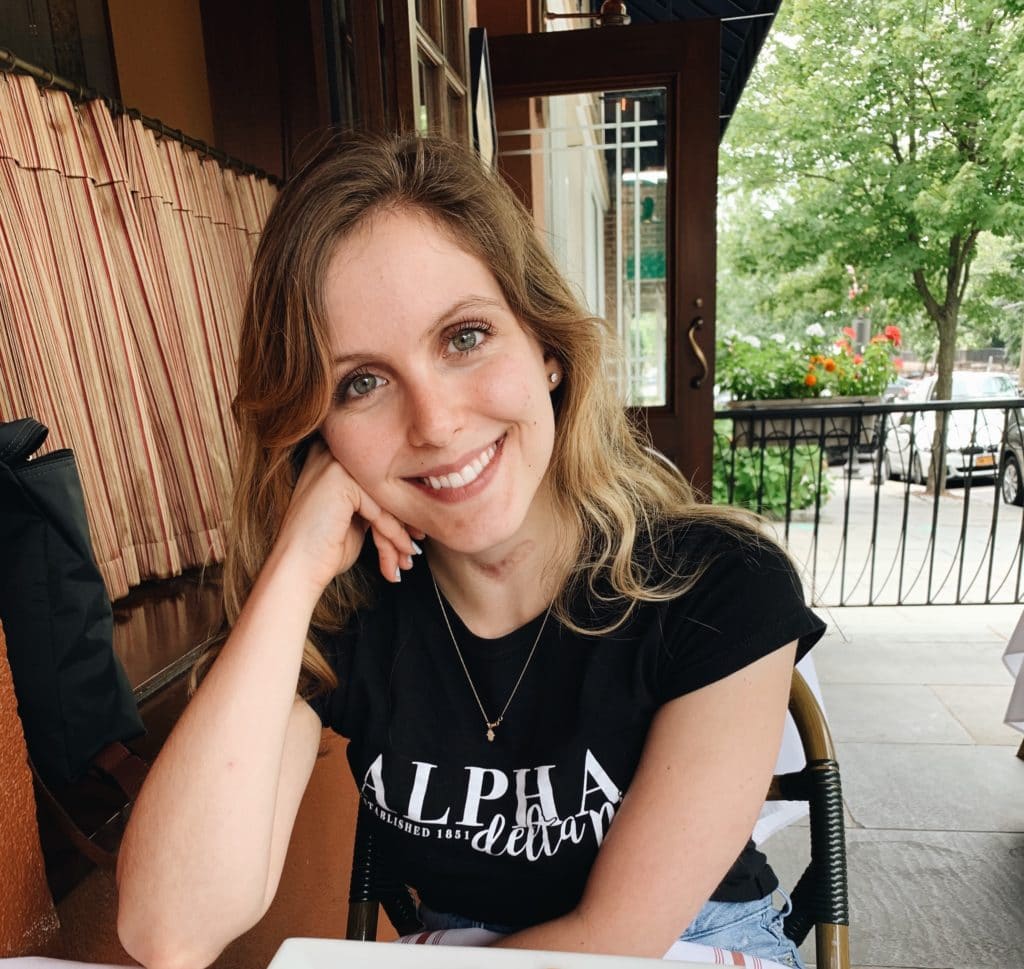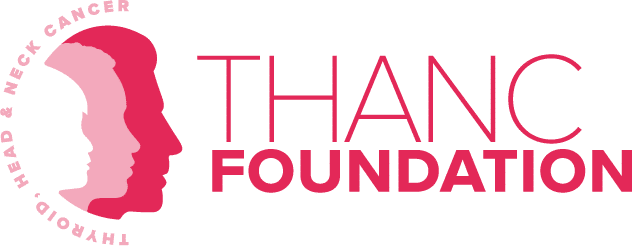
In December of my sophomore year of high school, I first noticed a bump on my neck. My family consulted my pediatrician, and we initially believed it was nothing more than an infection. Yet after a few weeks of antibiotics, the lumpstill hadn’t gone away. Determined, my pediatrician sent me for further testing to rule out other diseases, including various forms of cancer. Among those tests was a fine needle biopsy of the lump. The biopsy came back positive for the tall cell variant of papillary thyroid cancer, an aggressive form of the disease. This thyroid cancer had also spread to the surrounding lymph nodes, which would also need to be removed. In January of 2013 my team of doctors decided to proceed with a total thyroidectomy.
Six days following the procedure, my neck became red and swollen around the incision area, and I was readmitted to the hospital with an infection. I was placed on IV antibiotics, and the fluid was drained from my neck once a day for three days. On the third day, while draining the fluid, I coughed, and the needle accidentally nicked my trachea during the aspiration. A hole developed in my trachea which required emergency surgery. Unfortunately, I had to remain in the hospital for over two weeks while I healed. While I was inpatient, I worked with the art therapist to come up with fun projects and activities to deal with my stress and boredom. One particularly creative project that stands out to me during this time was when a blizzard hit New York City. Since I love snow and couldn’t go outside, I decided to bring the blizzard to my room! I created dozens of paper snowflakes and draped them from my hospital ceiling. Although I was confined to a small hospital room, I refused to miss out on experiences or let the hospital put a damper on my optimism.
I didn’t realize the challenges of living with an invisible illness until I went back to school a month later. I underwent radioactive iodine treatment and had the privilege of keeping my hair. Due to my complications, however, my scar is more noticeable than that of a normal thyroidectomy. Thus, I wore scarves to cover my healing scar. But the scarves were perceived to be a fashion statement rather than a way to protect my wound. Teachers occasionally perceived my elevator trips to my fourth-floor classroom as an act of laziness rather than an inability to carry my backpack up the stairs (putting unnecessary strain on my neck). Many people didn’t realize I was sick because it never looked like I had cancer.
I genuinely believe that my illness made me a more thoughtful, compassionate, and empathetic person
Those first weeks back were some of the most challenging times in my cancer journey as I struggled to find a balance between being open about my illness and requesting space. My classmates, who did not know I had cancer, asked a constant stream of questions. It took time for me to respond in a way that was not overwhelming, but I learned that I could choose the amount of information I wanted to give. My closest friends understood that and allowed me to heal at a comfortable rate. I relied on them to regain routine and normalcy. Even after things returned to normal at school, I struggled with PTSD. Eye movement desensitization reprocessing (EMDR) therapy helped treat PTSD, and the additional skills I learned from my therapist help me navigate triggers to this day.
While thyroid cancer has a good prognosis, it is by no means easy. My incredible doctors, including my pediatrician, surgeon, and endocrinologist, helped alleviate any anxieties and ensure a healthy recovery. My supportive family and friends, both in high school, college, and law school, have provided love and patience to help me remain strong. I am grateful for my unwavering support system.
I wouldn’t want anyone else to undergo my journey, especially now that I live with a prominent scar and complications from radioactive iodine treatment. However, I genuinely believe that my illness made me a more thoughtful, compassionate, and empathetic person. I love being able to serve as a resource for teens and young adults going through similar experiences. I plan to continue advocating for those in need throughout my professional life, especially for those who have invisible challenges. This invisible illness has allowed me to look at the world through a different lens, and I value the new insight and lessons I continue to learn.
30 Stories in 30 Days
September is Thyroid Cancer Awareness Month. As part of that theme, we will post stories written by thyroid cancer survivors, caregivers and medical professionals for our 30 Stories in 30 Days campaign. We hope their perspectives and insight will help others along their journey.


